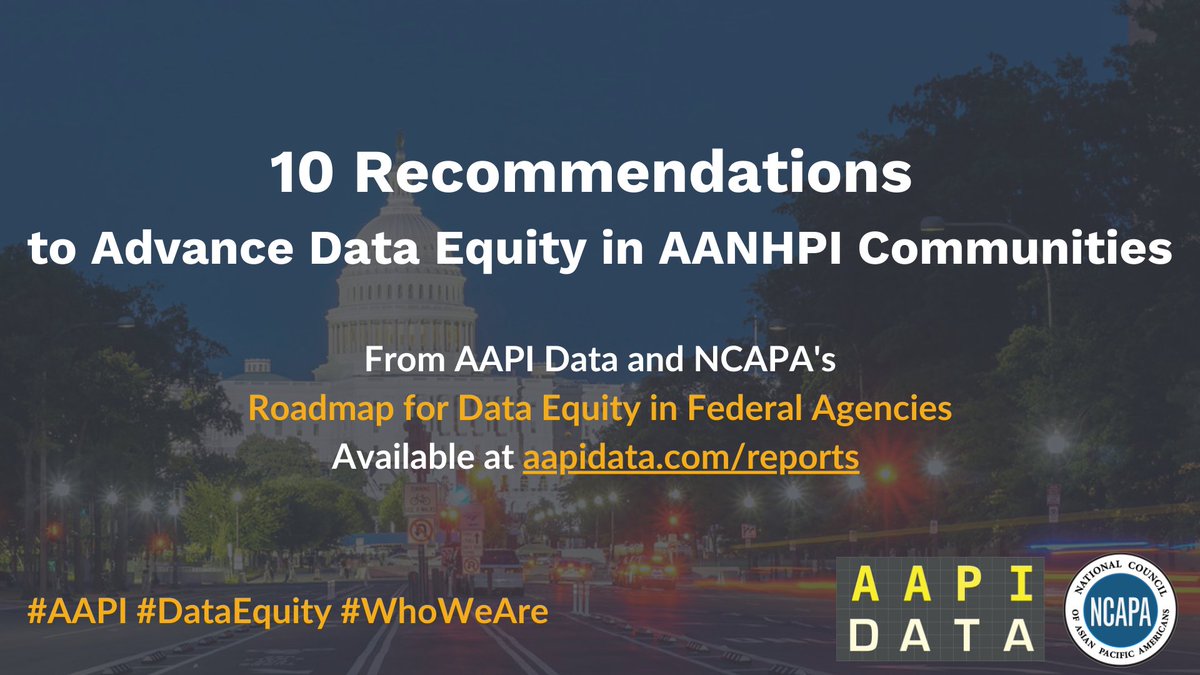
#AsianAmerican and #PacificIslander communities are among the most dynamic populations in the U.S. Today, @AAPIData released the latest available demographic data, and it is CHOCK FULL of important findings! 🧵and link aapidata.com/reports/ #DataEquity #AAPI #WhoWeAre 







Between 2010 and 2020, the Asian American pop grew rapidly by 40% to over 24M. The Native Hawaiian and Pacific Islander population also grew by 30% to 1.6M #DataEquity #AAPI #WhoWeAre 

Indians are now the second largest Asian population in the United States, passing Filipinos #DataEquity #AAPI #WhoWeAre 







Most Hmong are now native-born, joining Japanese as the only other majority native-born AA group. For Pacific Islanders, Fijians and Marshallese are majority foreign-born #DataEquity #AAPI #WhoWeAre 


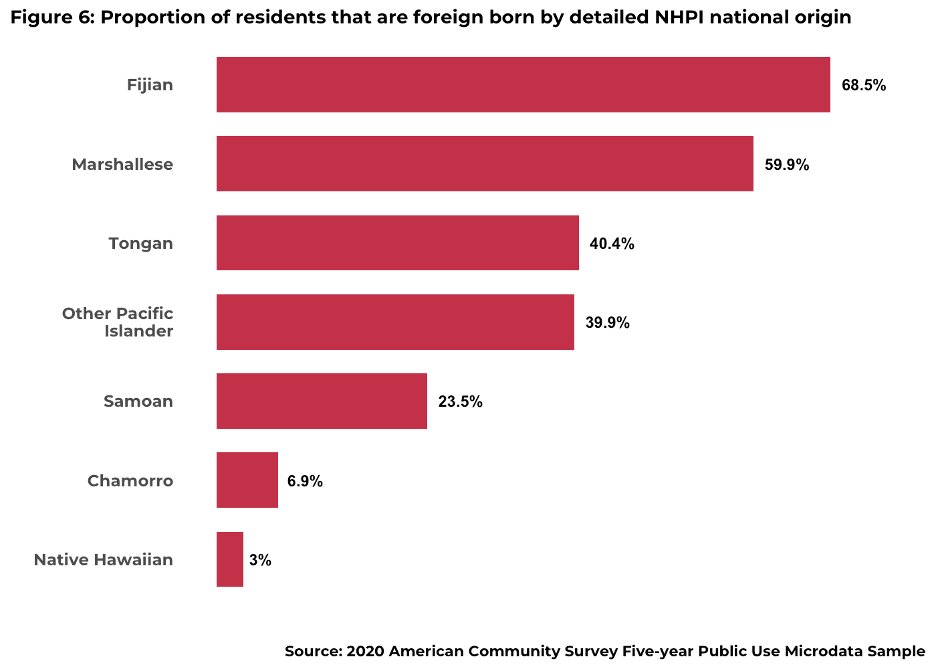
Fewer legal permanent residency permits were issued to Asian and Latin American immigrants during the final two years of the Trump administration, and fewer Asians were naturalized in 2020 #DataEquity #AAPI #WhoWeAre 







Family sponsorships declined as a share of green cards for Asian immigrants during the final year of the Trump administration when compared to the final year of the Obama administration #DataEquity #AAPI #WhoWeAre 

Asian Americans are the most likely to speak a language other than English at home (74%) when compared to Latinos (71%) and Native Hawaiian and Pacific Islanders (41%) #DataEquity #AAPI #WhoWeAre 

Asian Americans have the most language assistance need with 32% being Limited English Proficient compared to 29% for Latinos and 12% for Native Hawaiians and Pacific Islanders #DataEquity #AAPI #WhoWeAre 


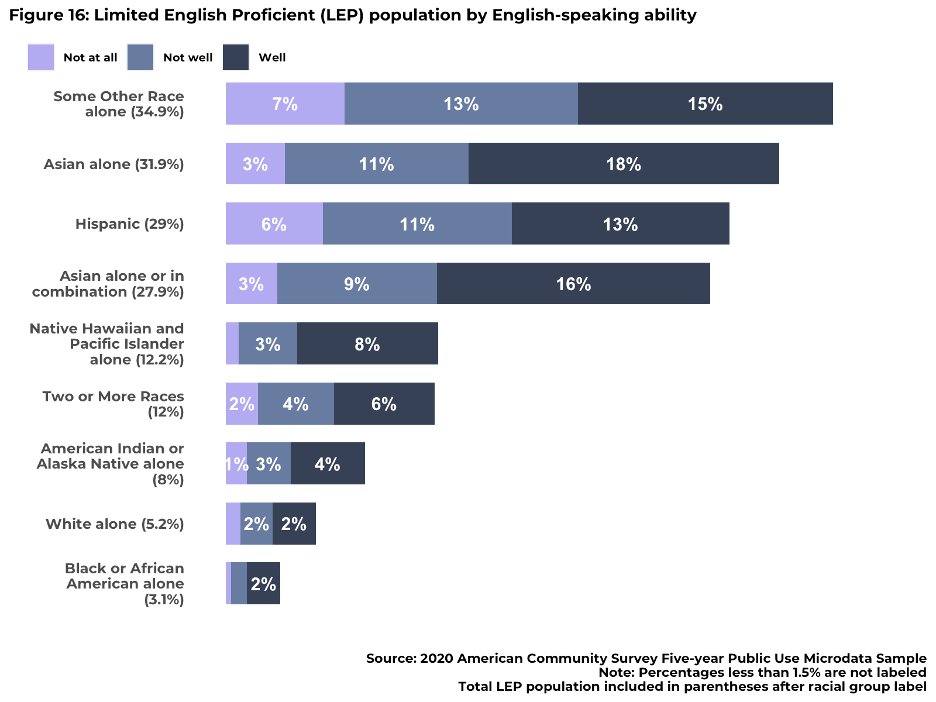

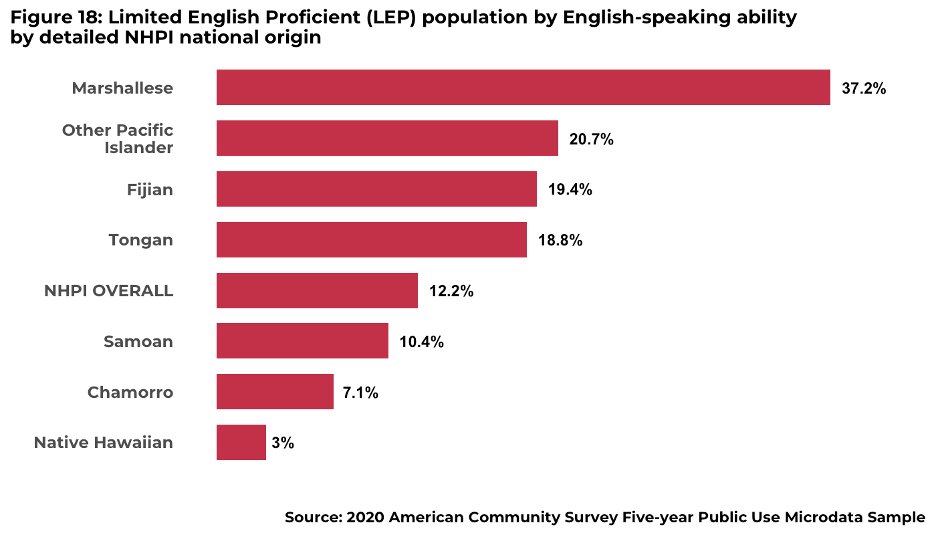
NHPIs continue to face the greatest challenges to higher education, with only 19% attaining a Bachelor’s degree, as do several SEAsian refugee populations such as Vietnamese, Hmong, Burmese, Cambodian, Lao & Bhutanese #DataEquity #AAPI #WhoWeAre 





AA and NHPI groups have wide occupational variation. Refugee communities such as Bhutanese, Burmese, Cambodian, Laotian, Hmong, are overrepresented in production and logistics, and the same is true for Samoan Americans and Marshallese #DataEquity #AAPI #WhoWeAre 


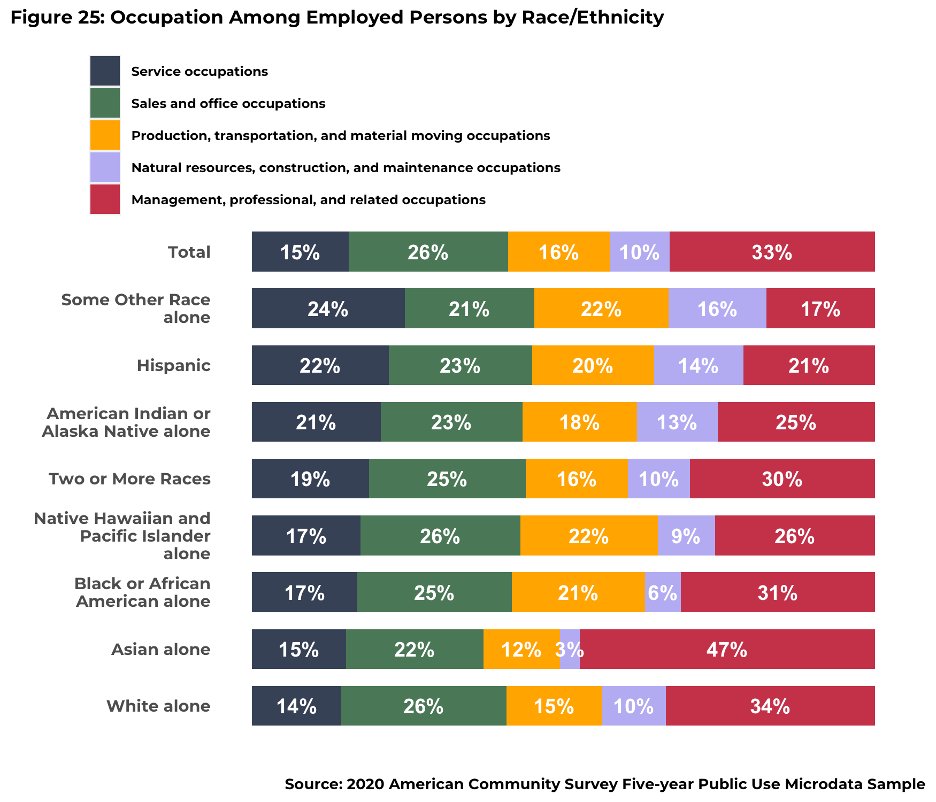

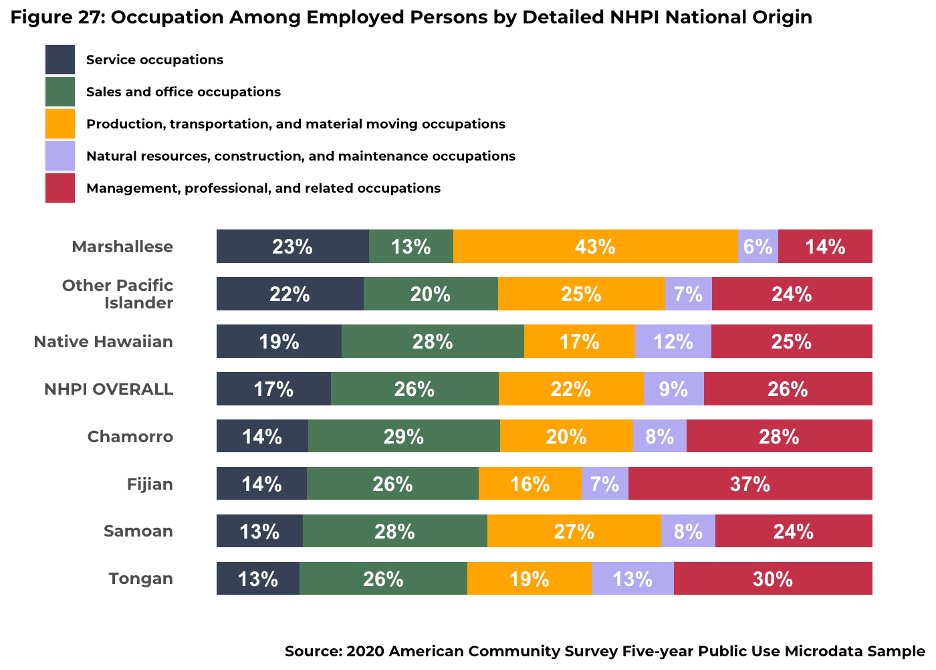
Poverty rates vary considerably by detailed origin, with Marshallese, Burmese, Mongolian, Malaysian, Bangladeshi, and Hmong Americans having levels of poverty much higher than the national average #DataEquity #AAPI #WhoWeAre 



Homeownership among Asian Americans is much lower than non-Hispanic Whites. NHPI homeownership is among the lowest along with Black homeownership. Among detailed origin, Marshallese, Mongolians, Nepalese, and Bhutanese had the lowest among their peers #DataEquity #AAPI #WhoWeAre 


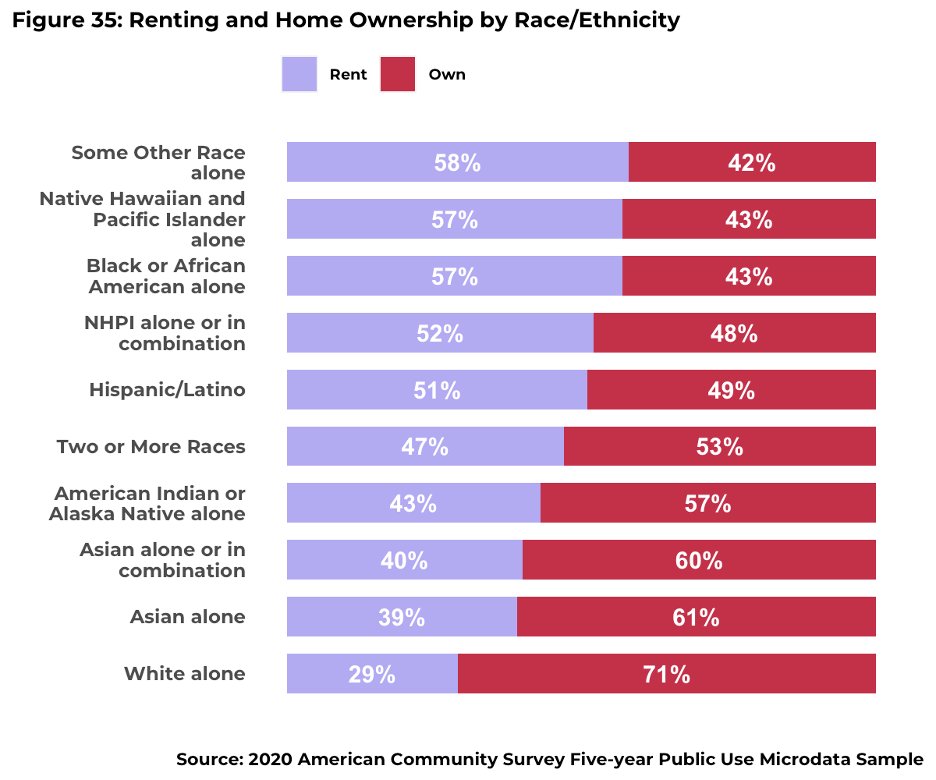


Health insurance coverage among AAs and NHPIs varies. Mongolians were 3 times as likely to be without insurance compared to Asians overall. Marshallese and other Pacific Islanders were more likely to be without insurance compared with their NHPI peers #DataEquity #AAPI #WhoWeAre 



On public opinion, AAs and NHPIs show strong support for a pathway to citizenship and for racial solidarity (as reflected in support for the Black Lives Matter movement), although there are variations on both of these issues by detailed origin #DataEquity #AAPI #WhoWeAre 



Turnout for AA and NHPI voters has increased substantially during federal elections. AA voters are a fast growing segment of the U.S. electorate and are making some states more competitive in federal elections 



• • •
Missing some Tweet in this thread? You can try to
force a refresh


